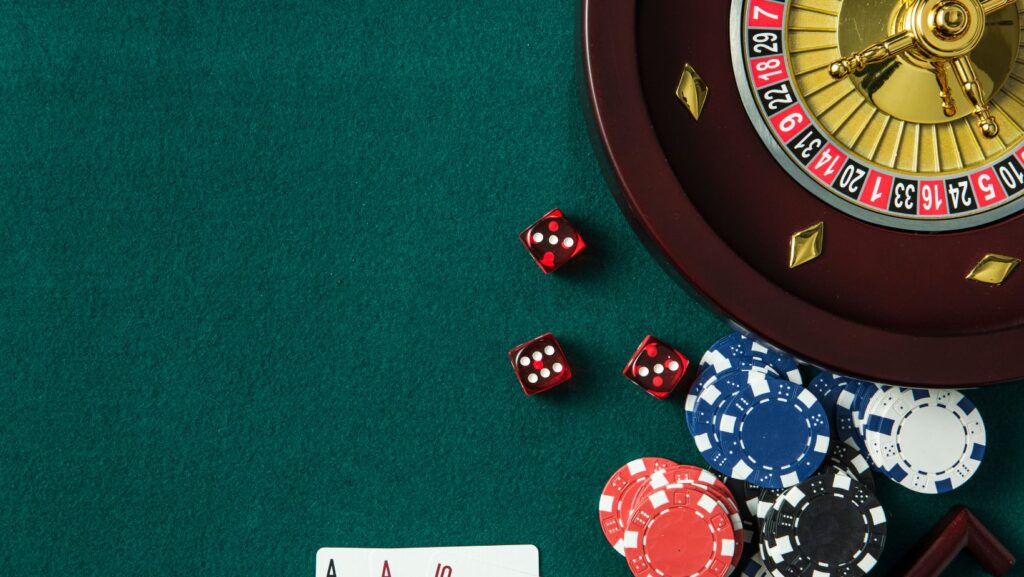Children at play and adults at leisure may seem worlds apart, yet both spaces carry the same undercurrent of shared energy. In a play centre, the excitement builds as children gather, run, and laugh in unison, feeding off one another’s reactions. In adult settings, from concerts to casino tables, the same dynamic takes hold: people wait together, react together, and build moments that feel larger than themselves. Group energy creates a rhythm that binds participants, no matter their age or the setting.
Energy in Different Spaces and How It Shapes Group Experiences
Play centres are more than indoor playgrounds; they are microcosms of social life where energy rises and falls collectively. Children instinctively create cycles of suspense and release, whether waiting for a turn on a slide or playing a game that ends in cheers. This group rhythm is what keeps the atmosphere alive. Parents notice it in the way noise grows louder, then falls as attention shifts, only to build again moments later. These fluctuations mirror the patterns seen in larger cultural events, where collective emotion drives the experience. What makes play centres valuable is not just the activity itself but the way anticipation and reaction are shared among many. In this sense, children rehearse the same patterns of social energy that adults later recognize in different arenas, including entertainment and gaming spaces.
Shared Energy in Play Centres and the Lessons of Childhood Games
In a play centre, children rarely move in isolation. They run, shout, pause, and restart in waves that seem to rise and fall across the room. One group might gather around a slide, waiting for their chance, while another invents rules for a game only they understand. The pauses are as important as the bursts of noise, because in those small breaks children learn patience and the rhythm of give-and-take. Watching closely, parents notice how quickly excitement passes from one child to the next, turning a room of strangers into a temporary community. These moments are more than play; they leave traces in how young people handle cooperation and anticipation later in life. Interestingly, a very similar pattern appears in adult spaces such as Hexabet Casino https://hexa-bet.com/, where suspense and shared reactions keep players connected through modern forms of play.
Live Casino Rooms as Adult Playgrounds of Suspense and Response
Walk into a live casino room and the first thing you notice isn’t the chips or the cards but the way the room breathes. People bend over the felt or watch the reels on a shared screen, and for a second everything slows.

The dealer moves, the wheel begins to turn, and the pause stretches. Then it breaks, someone laughs, another sighs, a chair scrapes back as a player leans forward. The reactions bounce around, picking up speed until the whole table feels caught in the same pulse. One person’s cheer sparks another, and suddenly strangers are acting in step without planning it. The cycle begins again: silence, suspense, release. It’s the same pattern you see in children’s games at a play centre, only here it is adults who fall into rhythm, sharing tension and relief together.
Cultural Parallels Between Childhood Play and Adult Casino Rituals
Children in a play centre don’t think about structure, yet their games naturally fall into patterns. A chase around the room, a turn on the slide, or a round of hide and seek all create pauses, bursts of noise, and shared release. Adults respond to the same rhythms, though the settings change. In a live casino, the quiet before cards are revealed or the wheel slows feels much like the hush before a child leaps from the top of a climbing frame. The tension is brief, but it binds everyone nearby. Then, when the outcome arrives, the release is collective cheers, sighs, or laughter spreading through the group. Both spaces show how people look for moments of suspense and reaction together. Casinos mirror those early lessons, proving that play, in every form, keeps its hold across ages.
Rhythm as a Connecting Thread Across All Forms of Play
Whether among children or adults, people are drawn to moments that move in patterns of anticipation and release. At a play centre, a simple turn on the slide or a game of tag teaches waiting, reacting, and sharing laughter. In a live casino room, the same cycle appears in the silence before a card is shown and the burst of noise when the result lands. What links both worlds is not just the activity itself but the reactions exchanged between those present. The pauses, the sudden cheers, even the quiet nods create a rhythm that holds the group together. Play, in any form, gains weight when it becomes a shared ritual. From childhood games to casino tables, rhythm reminds us that suspense and release are not just entertainment but part of how people connect and belong.


More Stories
How Streaming On Video Game Platforms Like Twitch has Taken Poker to the Next Level
1xBet Mobile Experience – Lightweight App and Unified Wallet for 24/7 Betting
Online Casino Games: What’s Popular With Gamblers